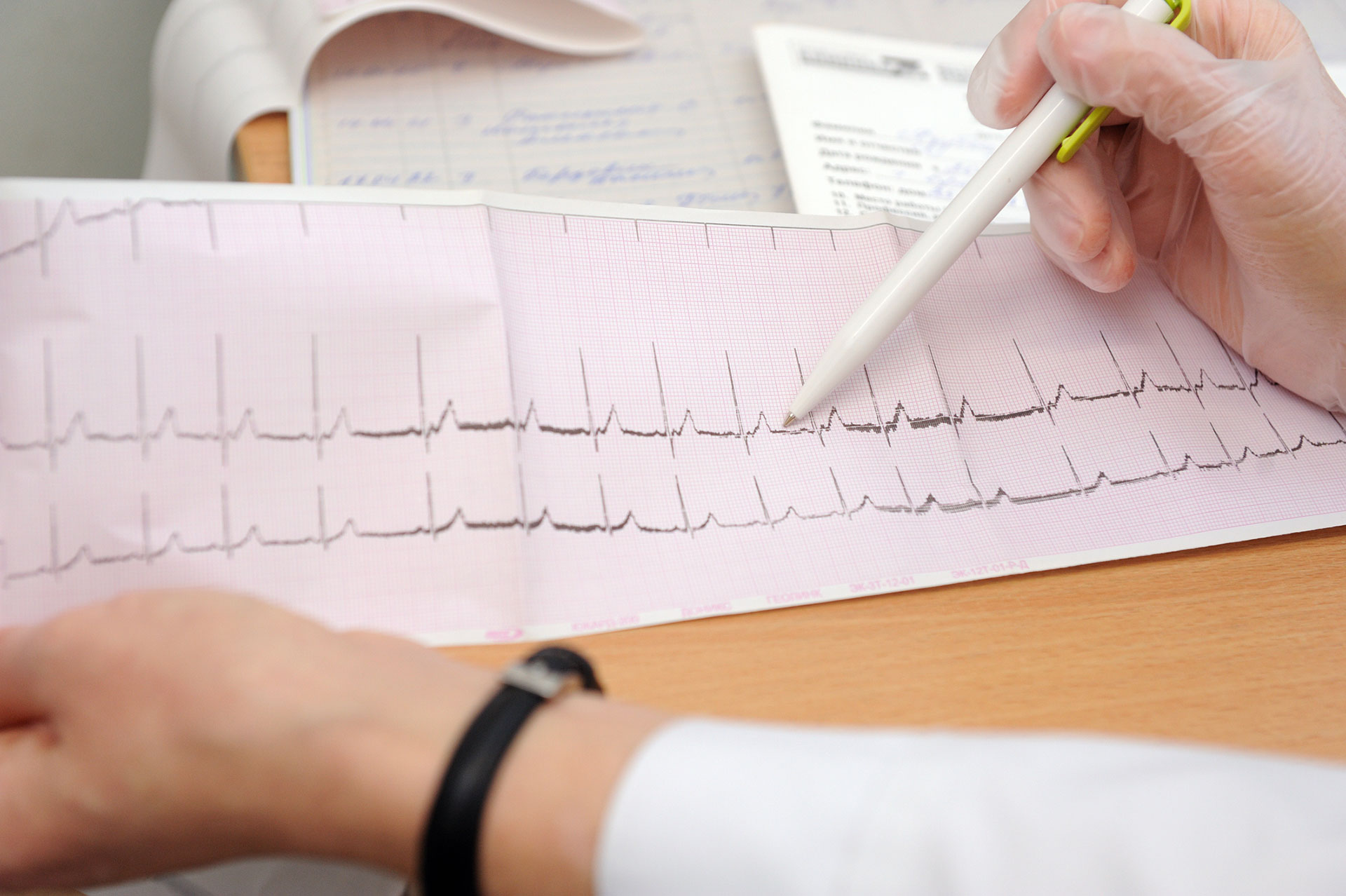
Cardiac Stress Test
Introduction
A cardiac stress test may also be referred to as an exercise ECG (electrocardiogram), stress test, or treadmill test. A cardiac stress test is used to evaluate how your heart works during exercise. The test is used to assess general heart health. It may detect coronary artery disease, irregular heartbeats, or poor physical fitness. The test may be used for people with chest pain, abnormal heart rhythms, or those that are beginning an exercise program.
Test Procedure
You should not eat, drink caffeine or alcohol, or smoke for at least three hours before your test (or as directed by your physician). You should tell your doctor if you have taken Viagra within the prior 24 hours. Be sure to wear tennis shoes and loose-fitting clothes to your procedure.
Before the test starts, your baseline heart rate and blood pressure will be recorded. Several small patches (electrodes) will be applied to your skin at different locations on your body. A blood pressure cuff will remain on your arm throughout the procedure.
During the test, you will exercise on a treadmill or stationary bicycle. Your pace and resistance on the equipment will gradually increase. Your blood pressure will be recorded throughout the test. The ECG will continually record the electrical activity of your heart during the exercise.
In some cases, you may have a nuclear stress test, which involves the administration of a radioactive tracer through an IV. The radioactive tracer circulates in the bloodstream and is taken up by the cells of the heart muscle. This will show if the heart muscle is receiving an adequate blood supply under stress and rest conditions. A special camera shows areas of healthy and unhealthy heart muscle.
After a short wait for the tracer to circulate, pictures are taken of your heart at rest. You will then complete the treadmill test and another set of pictures will be taken and compared to the first to look for any changes in circulation.
The radioactive tracer leaves the body within a few hours. It is not a dye and there are no side effects.
If a person cannot run on a treadmill due to physical limitations, a chemical can be injected to safely raise the heart rate and complete the test. Stress tests are generally safe; however, if a person experiences difficulty, prompt attention is provided by nearby medical professionals and equipment. Your doctor will review the test results with you.

